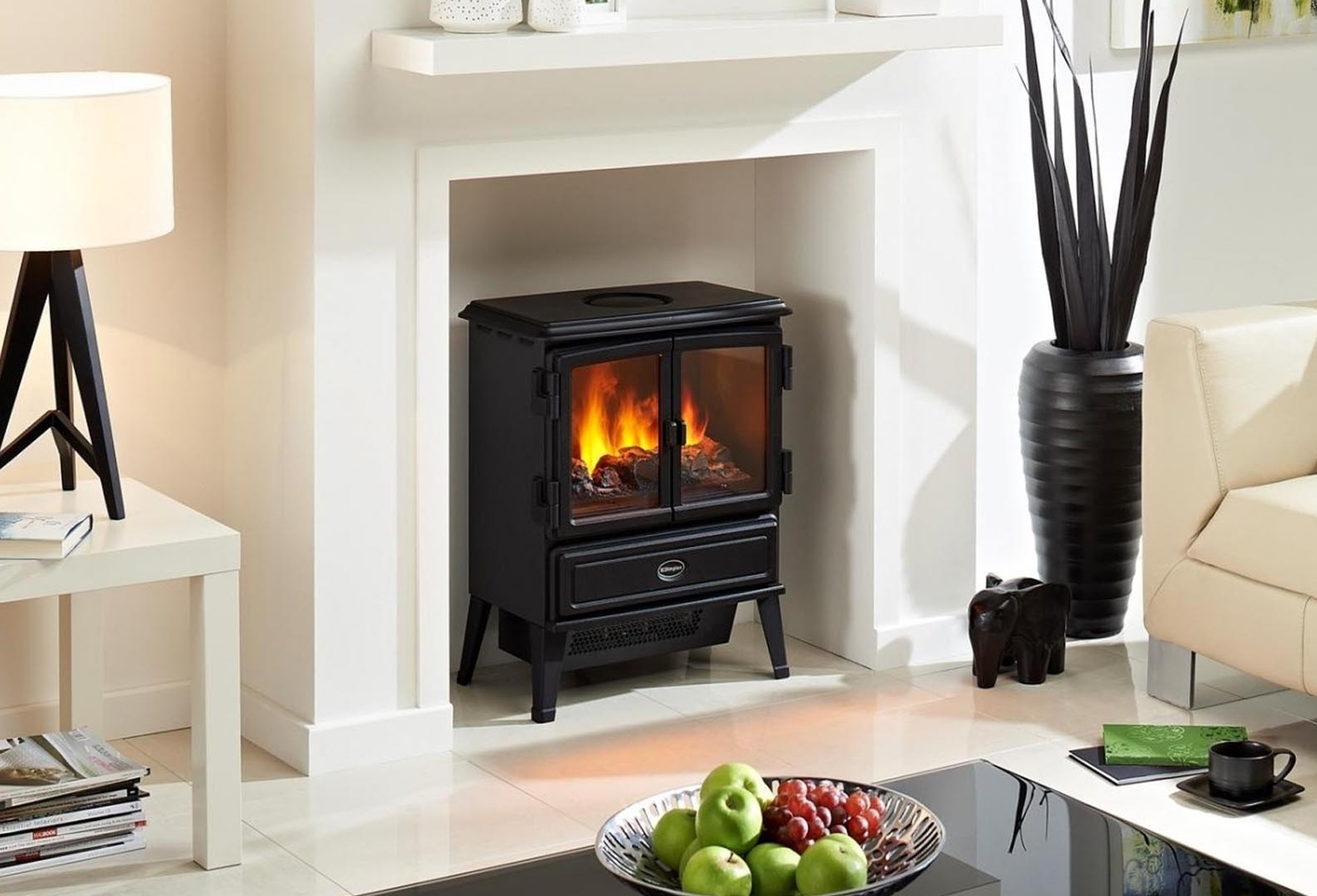The structure of a real wood fireplace typically consists of several key components designed to safely contain and manage the burning of wood logs while providing heat and ambiance. Here are the primary parts of a traditional wood-burning fireplace:
-
Firebox: The firebox is the inner chamber of the fireplace where the wood logs are burned. It is typically made of fire-resistant materials, such as firebrick or refractory concrete, to withstand the intense heat generated by the fire.
-
Hearth: The hearth is the floor area in front of the fireplace, usually made of non-combustible materials like stone, brick, or tile. It serves both as a decorative element and as a safety feature, providing a barrier between the fire and the surrounding floor.
-
Grate: A grate is a metal or cast iron structure placed inside the firebox to hold the wood logs above the hearth. It allows air to circulate beneath the logs, aiding combustion by providing oxygen to the fire.

-
Fireplace Damper: The damper is a movable metal flap or plate located in the chimney, just above the firebox. It can be opened or closed to control the flow of air and smoke up the chimney. When the fireplace is not in use, the damper should be closed to prevent drafts and heat loss.
-
Chimney: The chimney is the vertical structure that extends above the roofline and is connected to the fireplace. Its primary purpose is to carry smoke and combustion byproducts out of the house and into the outdoor atmosphere. The chimney is typically made of masonry (brick or stone) or metal, such as stainless steel.
-
Chimney Cap: The chimney cap is a protective cover at the top of the chimney. It prevents rain, debris, animals, and birds from entering the chimney while still allowing smoke to exit. It also helps prevent downdrafts.
-
Smoke Shelf: The smoke shelf is a ledge located just above the firebox, inside the chimney. Its purpose is to capture and redirect any falling debris or rainwater back into the firebox, preventing blockages or damage to the damper.
-
Flue Liner: The flue liner is a heat-resistant material that lines the inside of the chimney. It enhances the safety and efficiency of the fireplace by providing a smooth, insulated surface for the passage of smoke and gases. Some older chimneys may not have a liner, but modern installations typically include one.
-
Throat: The throat is the narrow passage just above the firebox where the flue liner begins. It helps direct smoke and combustion gases into the chimney.
-
Mantel and Surround: The mantel is the decorative shelf or ledge above the fireplace, often used for displaying ornaments or artwork. The surround is the decorative framework that encases the fireplace, extending from the hearth to the mantel.
-
Ash Pit (optional): Some older fireplaces have an ash pit or ash dump located beneath the hearth. This allows for the easy removal of ashes from the firebox.
-
Screen or Glass Doors (optional): Many wood-burning fireplaces are equipped with screens or glass doors to contain sparks and provide an added layer of safety.
These components work together to create a functional and safe wood-burning fireplace. Proper maintenance, including regular cleaning and inspections, is essential to ensure the fireplace operates efficiently and safely.

 0086-574-62766180/62766182
0086-574-62766180/62766182






 English
English 中文简体
中文简体













